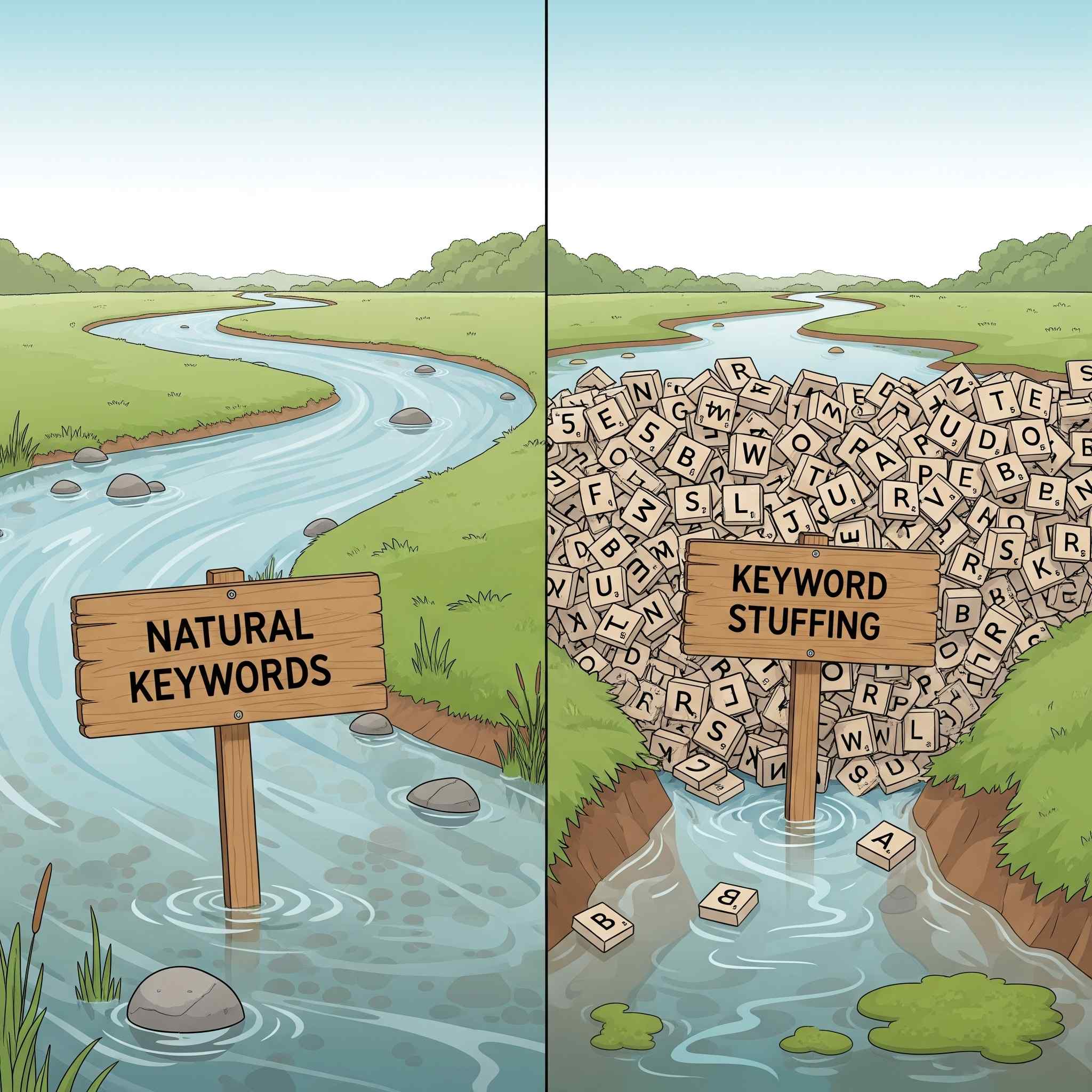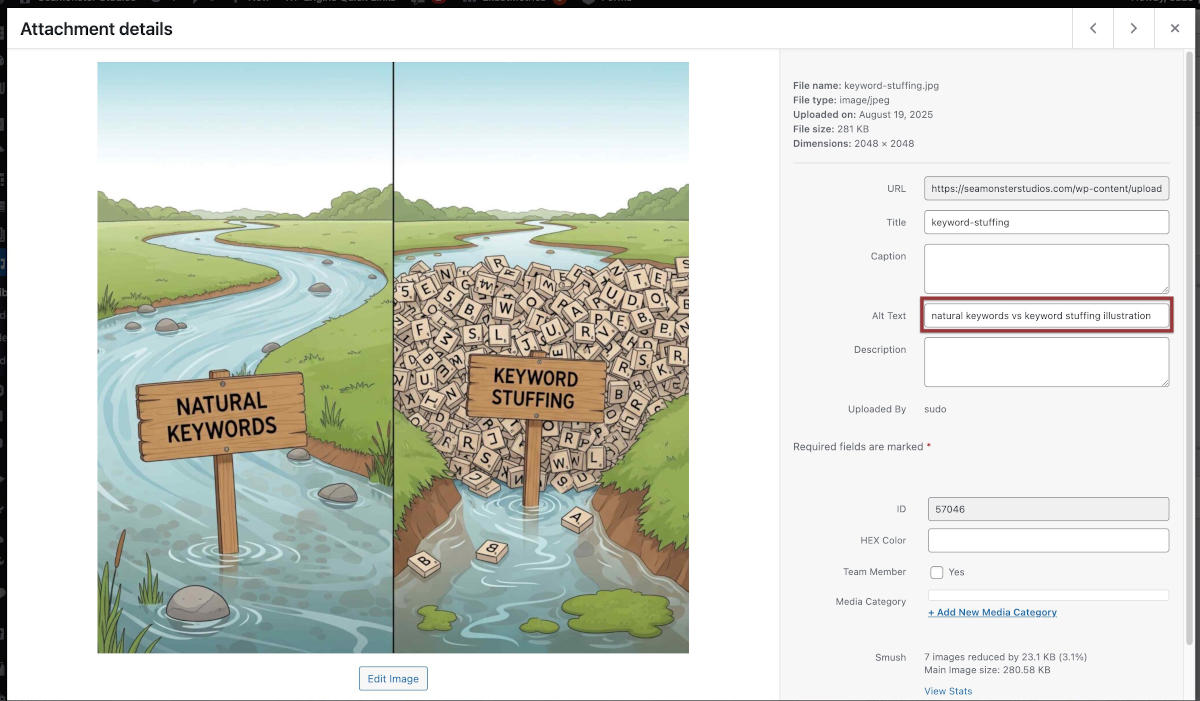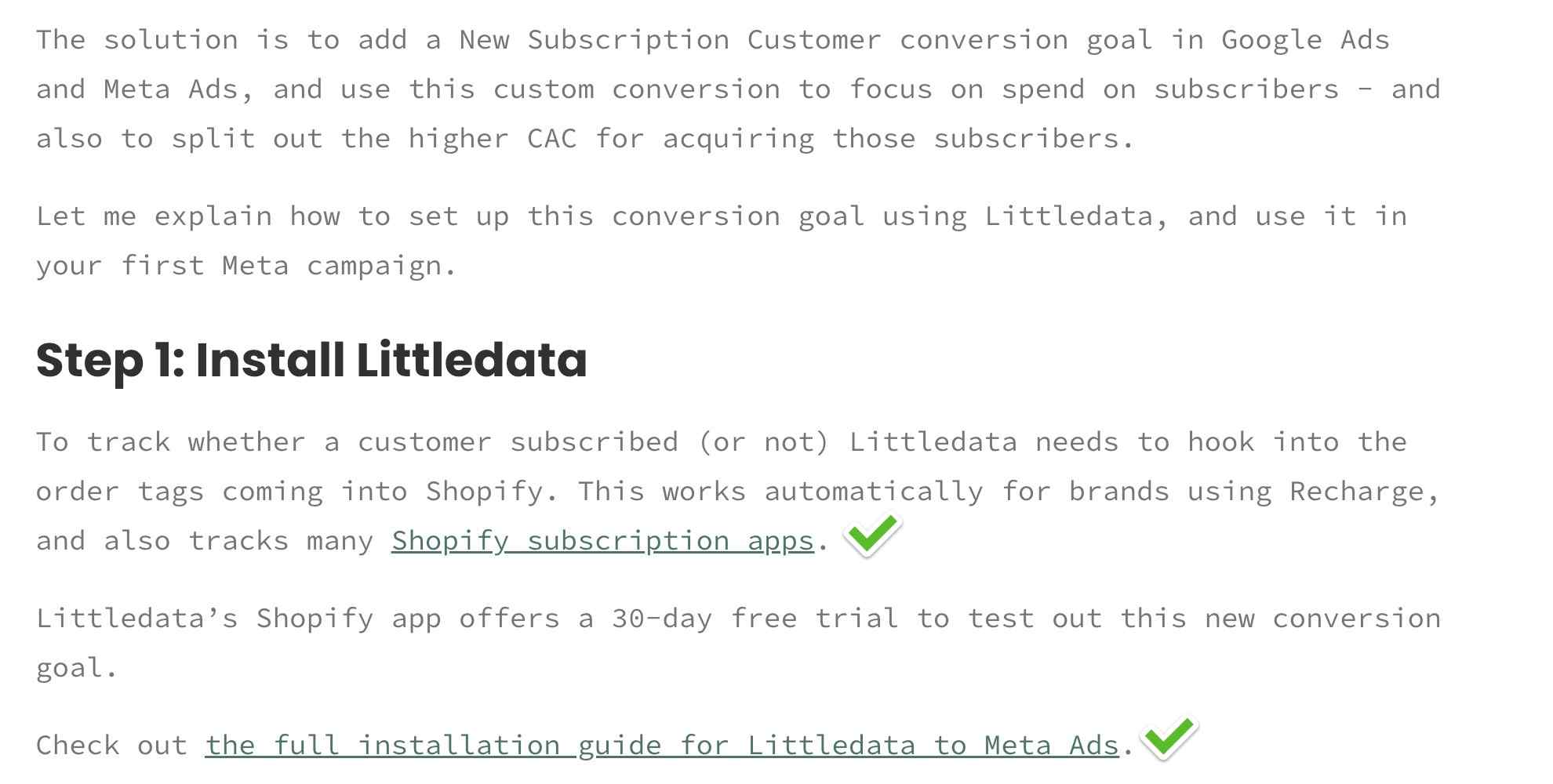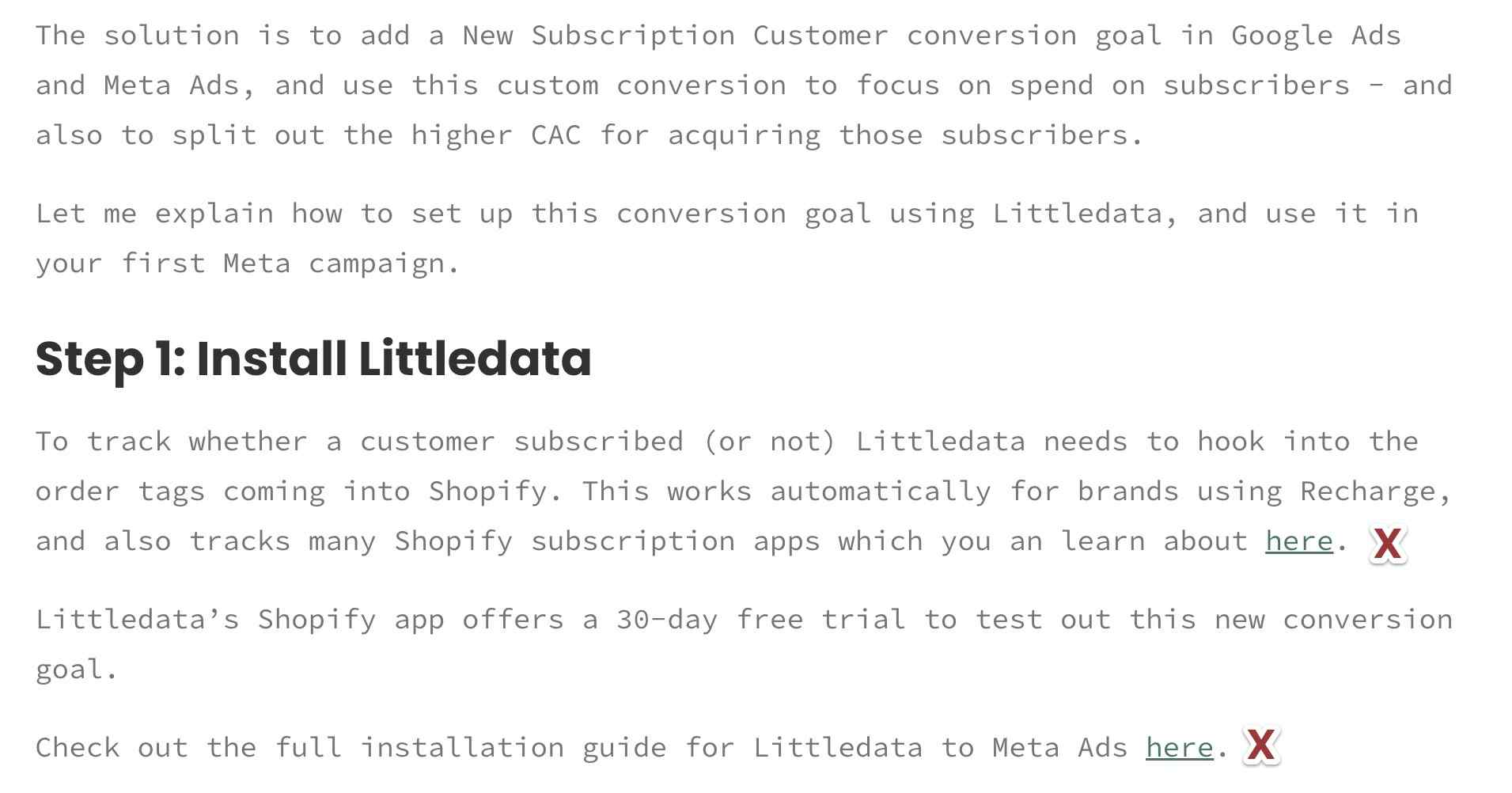You’ve set your homepage up perfectly to appeal to all the thousands of visitors you expect to show up to it any day now. But despite checking Google Analytics every week, you’re chagrined to find your site is getting almost no traffic at all.
What gives? Did you go through all the time and expense of building a new website and populating it with your compelling content for nothing? If you feel like maybe there’s a robot bouncer standing at your door and turning everyone away, you might be more right than you’d suspect.

It’s not so much that anyone or anything is turning people away from your site, though, as that there’s actually nobody actively turning people towards your site. But how can that be? You’ve submitted your sitemap to Google Search Console, and your site pops up when you google yourself, and even when you google your services… on the fifth page, it’s true, but still, it’s there!
Unfortunately, back in 2020 (and it’s not likely that this sort of behavior has changed much since then), a study showed that results on the second results page each had about 1% click-through rates. No wonder nobody’s showing up to your site: they can’t find you. The robot at the door is directing people’s attention elsewhere!
The key to changing this situation, as you might have guessed, is SEO - Search Engine Optimization. At SeaMonster Studios, we know a lot of firms who focus on SEO, many of whom use tricks that don’t work any more, if they ever did, and a few firms that do it right. There may be some justification for going to these good firms eventually, but only after you’ve done what you should to set your site up for search engine success with the fundamentals.
How to do SEO the right way
Search engines are increasingly sophisticated. Particularly with the rise of artificial intelligence, but really even before that, the algorithms that search engines use to rank pages to determine in what order to serve them up have become increasingly complex.
These days search engines are able to identify the intent of your page or post as well as the intent of the query they’re trying to answer, and pair those up quite well. Semrush points out that becoming really good at this process of search intent with page intent is what will keep Google’s, Bing’s, Yahoo’s, and Duckduckgo’s customers coming back to them. Rest assured that Google will serve up your site first if your intent best matches the intent of the searcher that Google is tasked with pairing up.
So how can you make sure your intent, as divined by the search engine robots, matches the intent of your desired audience? Well, it starts out with the same process we outlined for you in Quick and Dirty Content Creation Part 2: you should brainstorm the questions that your ideal audience would have.

Essentially, this means coming up with what your desired audience’s intent will be for the searches they’ll make. Just like for the Quick and Dirty process for coming up with the content of your website as a whole, I’d keep these questions in a file somewhere, and have the intention of answering one of them whenever I went to add to my site, whether I was adding a page or a blog post.
Natural keyword usage

Then as you go to add to your site by answering these questions, you’ll naturally end up using the much-vaunted “keywords” that so many SEO gurus focus on so insistently. It’d be hard to address someone’s intent or question without naturally using the vocabulary it will take to answer it.
Just make sure you’re writing understandably, and that it’s always clear what you’re writing about, and the keywords and their synonyms will naturally crop up. It’s not bad to think of what keywords the search engines will be looking for, but even more importantly than using them frequently is not using them awkwardly.
As SEO firm, ContentJourney, puts it, “when a website excessively repeats keywords, the content becomes difficult to read and feels unnatural”. I would posit that when that happens, your visitors will lose interest in what you have to say, seeing you more as a self-promoter than as a legitimate helpful guide.
Intentional keyword usage
You’ll most certainly use some of the keywords you’re targeting in the text of your page or post, just as a matter of course. That will happen as you work to keep your writing understandable.
There are a couple of places that may take a little more intention on your part to work the keywords into, though, not because it’s hard to get them into these spots, but because you’re probably not used to filling these spots in the first place. The spots I’m referring to are headings and image alt text.
Headings
Example headings and purposes
Headings are often forgotten or misused (learn some proper heading usage in Sharks in the Water part 2). Since these sort of form the outline of what you’re trying to say, though, it’s really easy to include your keywords in your headings.
In some ways, headings can be standalone: someone glancing at just your headings should be able to understand the intent of your page. It’d be hard to convey your intent without using the keywords you’re naturally using in the text of your site, so including them in your headings will be an easy move. That’s provided you’re adding headings in the first place, which you should be doing.
Graphics
Next, if your page has graphics, you’ll need to add alternative text to the images anyhow, per Seeing is Believing part 3. Making sure you relate your image alt text to your general topic will likely result in your using a keyword in your alt text.

This is an easy win just by doing something that will engage more of your audience anyhow. Since Google reads your alt text even if your sighted visitors don’t, your SEO rank will improve because of something many people won’t even know is there.
Links
Linking out to authoritative sources for your information is a great way of establishing your credibility and giving your visitors a way to dive even deeper into the ideas you’re sharing on your site. It’s also a great way to show your appreciation to another site for providing you great information, since the mere fact of your linking to them will increase their SEO a little bit.
There’s a right way and a wrong way to link to those other sites for SEO, though. The wrong way is to only include in the actual text of the link generic words like “click here”, or a simple, “here”. From an accessibility perspective, this isn’t very helpful to people visiting your site on a screen reader since one of the ways they have of quickly moving through your site is by jumping from link to link, and if they hear a bunch of “click here” links, that’s not so helpful (click here for what?).

On the other hand, it’s also not so helpful for someone coming to your site using voice control. With voice control, someone might say something like, “Computer, click ‘click here’” only to find out that there are five or six links on the page that fit that command.
Similarly, Google and the other search engines won’t be helped at all to understand the purpose or context of your links if you don’t include relevant text inside the link itself.


Because of this, the right way is to make clear in the text of the link where the link is going to take your visitors. It’s likely that you’d be able to include the exact keywords or phrases you’re trying to rank for directly in the text of the link, but as Google’s own SEO Starter Guide points out, it’s a better idea to mix up using exact words and phrases with related keywords and phrases to avoid keyword stuffing.
The most important, in any event, is to make sure your link text is indicative of where it’s leading. If you slip a casual keyword or key phrase in there (you may have to anyhow to make it clear where it’s going), so much the better!
How to do SEO wrong
Having gone through a variety of places to naturally and intentionally work in your keywords and their alternatives, we now turn to some cautions.
Avoid Keyword Stuffing
You’ve surely seen keyword stuffing in the wild before, and probably reacted to it as negatively as everyone else does. Keyword stuffing happens when website owners overuse the keywords and phrases they’re trying to rank for. You know those sites where it seems like they can’t say ten words without saying, “Spacely Space Sprockets for YOU!”? After a very little while it seems stale, stilted, and just unnatural.
That’s one wrong way to do it, so if it ever starts feeling that way to you as you read over what you’ve read, you can know it’s time to rework some of those sentences and replace the repetitive keywords with alternatives that mean the same thing. Remember, today’s search engines are smart enough to rank according to intent, and intent can be established based upon the general tenor of the site rather than on the individual keywords that are repeated ad nauseum.
Avoid Multiple Near-identical Pages
If you have a plumbing business, near identical pages could look like a page titled, “Expert Plumbing Services in Seattle” duplicated five times. Each time the page gets duplicated, its references to Seattle get swapped out with references to Bellevue, Redmond, Kirkland, Mercer Island, and Bothell.
The problem with this, apart from being kind of pointless (search engines are smart enough to recognize duplicate content), is that with six near-identical pages making natural reference to your general keywords, now those six pages are competing against each other, and each will have a lower score than a single unified page would have. According to Surfer SEO, a leading content optimization platform, this sort of “content cannibalization” as they call it, can have a significant impact on your SEO overall.

While Surfer SEO points out, as their first suggestion, that content cannibalization can be remediated by adding a canonical tag, I think the better strategy is their second recommendation. This is to simply merge potentially competing pages into a single one with all the information, and that is designed to rank well.
This way you’re not wasting your time creating duplicate content, wasting your visitors’ good will if they happen to stumble upon your duplicate content, and you run no risk of forgetting to set the slightly complicated canonical tag, or setting it wrong.
Bounce the bouncer; Don’t be bounced

In reality, there’s no way to get rid of the robots that are or aren’t sending traffic your way. They’re a natural and significant part of the process now, and besides more and more content being consumed and regurgitated by AI search bots, for now Search Engine Optimization is still an important process you should go through on your site.
Before you spend an arm and a leg to get an SEO firm to optimize your content, though, you should start the process yourself by checking on your natural keyword usage, eliminating any unnatural usage such as keyword stuffing, and focus on doing some intentional usage by making sure you’ve got good headings, good link text, and good alt text on your images.

